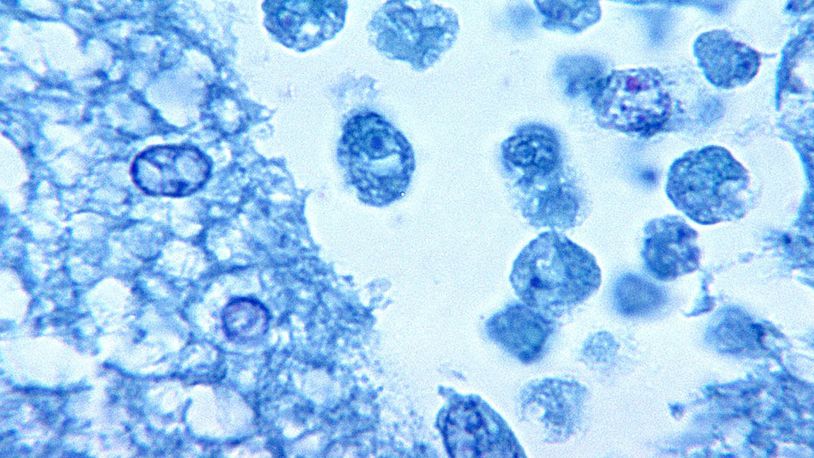The amoeba is found in warm fresh water around the world, but infections, while fatal 97 percent of the time, are rare, the Centers for Disease Control and Prevention said.
Once the amoeba has made its way to the victim’s brain, it starts to destroy the tissue and causes an infection called primary amebic meningoencephalitis.
Since 1962, only 138 PAM infections have been recorded in the U.S., the CDC said.
Of those infected, only three survived.
Dr. Kevin Sherin, the Orange County Health Department director, said the amoebas are likely present in more than 50 percent of the fresh water in Florida.
In 2007, three children died of PAM infections in Orange County.
When swimming or playing in fresh water, it is advisable to wear nose clips because that is the amoebas' only route into a person’s body, Sherin said.
The amoebas cannot live in chlorinated pools, he said.
Florida is tied with Texas for the most number of PAM infections in the country.
California has the next highest number of reports at eight, the CDC said.
About the Author
